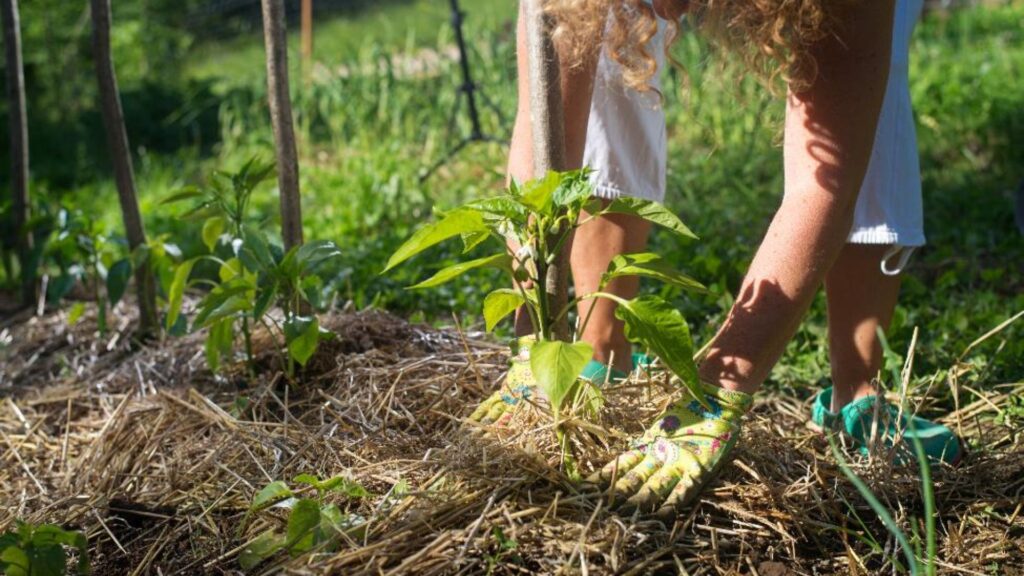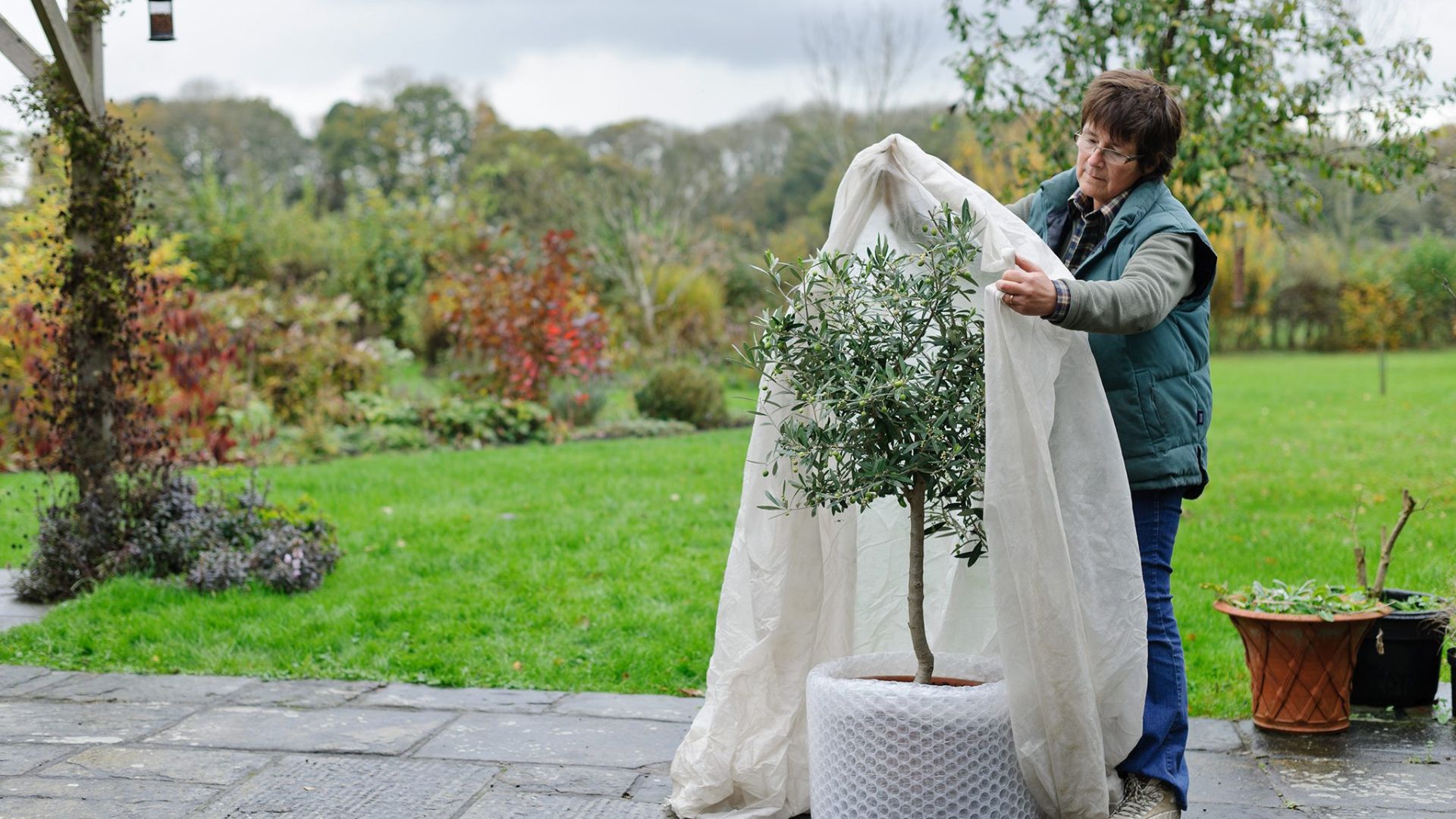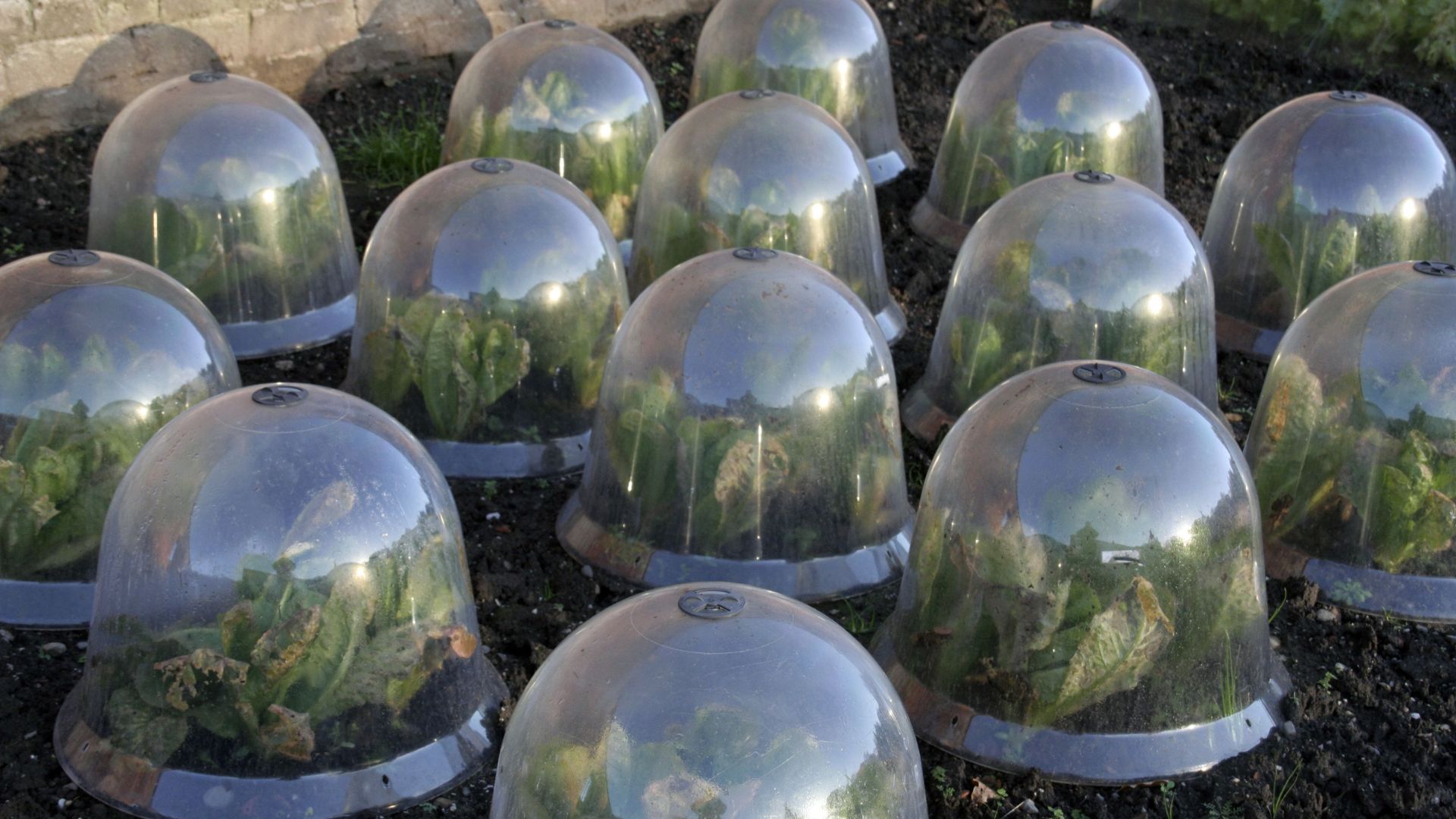Outdoor plants face many natural threats throughout the year, but extreme weather events like heatwaves, heavy rain, frost, hail, and strong winds can cause serious damage. If you’re a home gardener or small-scale farmer, learning how to protect your plants during these conditions is key to keeping your garden healthy and productive. In this article, we’ll explore practical, low-cost strategies to safeguard your plants during different types of extreme weather.

Protecting Plants from Extreme Heat and Sun
High temperatures and direct sunlight can quickly dry out soil, scorch leaves, and weaken plants.
Tips to protect during heatwaves:
-
Water deeply and early: Water in the early morning to give roots enough moisture for the hot day ahead. Avoid midday watering, as water can evaporate before it reaches the roots.
-
Add mulch: Apply a 2–3 inch layer of organic mulch (like straw, bark, or compost) around your plants. Mulch keeps the soil cool and moist by reducing evaporation.
-
Provide temporary shade: Use shade cloth, old bedsheets, or garden umbrellas to protect delicate plants from the harsh afternoon sun. For raised beds or small gardens, even cardboard or lattice panels can work in a pinch.
-
Group container plants together: Placing pots close together helps create a more humid microclimate and shields them from too much direct sunlight.
Protecting Plants from Heavy Rain and Flooding
Too much rain can lead to root rot, nutrient leaching, and even washed-away seedlings.
Tips to protect during storms and downpours:
-
Improve drainage: Make sure your garden beds are slightly elevated or sloped to avoid water pooling. In clay-heavy soils, consider adding compost or sand to improve drainage.
-
Use raised beds or containers: These allow excess water to drain away more easily, especially in flood-prone areas.
-
Cover young plants: Use row covers or plastic tunnels to shield delicate seedlings from heavy rain. Just make sure to remove the covers once the weather clears to prevent mold.
-
Support tall plants: Stake or cage plants like tomatoes, peppers, and beans to keep them upright during strong rain or wind.
Protecting Plants from Frost and Cold Snaps
Unexpected cold spells can damage or kill tender plants, especially in the late spring or early fall.
Tips to protect during frost:
-
Cover plants overnight: Use frost cloths, burlap, old blankets, or sheets to trap heat around plants. Remove the covers during the day to allow sunlight in.
-
Use cloches or mini-greenhouses: These small covers can be placed over individual plants to create a warm micro-environment. Recycled plastic bottles with the bottoms cut off work great for small seedlings.
-
Bring potted plants indoors: Move containers to a sheltered area like a porch, garage, or greenhouse during cold nights.
-
Water before a freeze: Moist soil holds heat better than dry soil, helping to protect roots from freezing.
Protecting Plants from Wind and Hail
Strong winds and hailstorms can break stems, strip leaves, or even uproot smaller plants.
Tips to protect during windstorms:
-
Create windbreaks: Use fencing, hedges, or garden netting to slow down wind. Temporary barriers made from plywood or fabric screens can also help.
-
Tie down plants: Use soft ties or garden twine to secure plants to stakes or trellises. This prevents them from snapping in high winds.
-
Cover with netting or mesh: Fine mesh or bird netting can help reduce the impact of hail and flying debris. Be sure it’s secured so it doesn’t blow away.
-
Prune wisely: Remove weak or dead branches regularly to reduce the risk of wind damage. This also encourages stronger growth.
Conclusion
Extreme weather is unpredictable, but with the right preparation, you can minimize damage and keep your garden thriving. From mulching to staking, covering to relocating pots, simple actions can make a big difference.
Protecting your outdoor plants doesn’t have to be expensive or complicated. By understanding your local weather patterns and acting early, you’ll build a more resilient, weather-ready garden that continues to grow beautifully—even under tough conditions.










